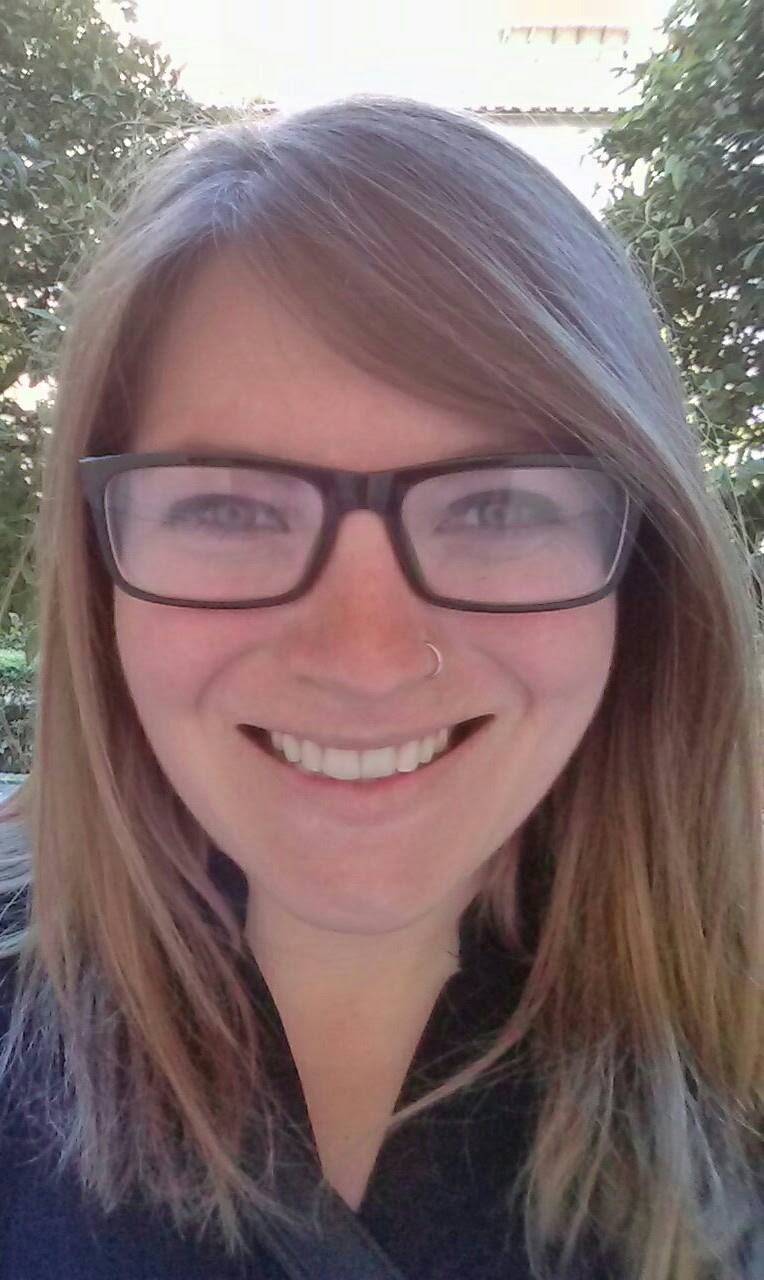Minnesota One Health Antibiotic Stewardship Collaborative (MOHASC)
- MOHASC Home
- About MOHASC
- News and Events
- Conferences and Presentations
- Honor Roll
- Stories
- Resources and Print Materials
- Contact Us
Related Topics
Contact Info
One Health Antibiotic Stewardship

Ashley Suchomel, MPH:
Stories of Antibiotic Use and Resistance
Environmental Research Scientist, Minnesota Department of Health
I work in the Health Risk Assessment Unit at the Minnesota Department of Health. Our group develops health-based guidance value for contaminants in potential drinking water sources. As part of our work, we derive screening values for many pharmaceuticals, including some antibiotics, to try and provide context to the concentrations being detected in environmental samples in terms of potential impacts on human health.
The most challenging aspect is balancing good versus harm. Antibiotics serve a very important purpose in protecting human and animal health, but overuse can increase potential resistance and make those very antibiotics less useful in the future. Finding the balance in using antibiotics effectively to treat infection now but judiciously enough to prevent unnecessary exposure and potential resistance is a challenge.
Also, balancing the work and information flow between different areas of expertise is quite challenging. One of the best things that the antibiotic resistance work in Minnesota has done is to bridge the gaps between human health, animal health, and environmental health professionals. The “one health” approach has been a great step in opening the lines of dialogue between experts in their respective fields, in order to gain perspective about other uses of antibiotics and the complex balancing act that all three areas face.
Also, balancing the work and information flow between different areas of expertise is quite challenging. One of the best things that the antibiotic resistance work in Minnesota has done is to bridge the gaps between human health, animal health, and environmental health professionals. The “one health” approach has been a great step in opening the lines of dialogue between experts in their respective fields, in order to gain perspective about other uses of antibiotics and the complex balancing act that all three areas face.
We pay attention to the literature and environmental monitoring studies to track detections of pharmaceuticals/antibiotics, and are sure to recommend proper disposal of antibiotics and other pharmaceuticals when asked.
I am worried that not enough research is being done to identify new antibiotics that will be successful in treating infections in the future. The time to work on developing alternatives to existing antibiotic treatments is now, but I am worried it will only become a priority too late.
I would like to know more about how antibiotics released into the environment from human and animal use contribute to human antibiotic resistance overall. While there has been research looking into this issue, there is still so much that we don’t know.
Last Updated: 10/20/2022